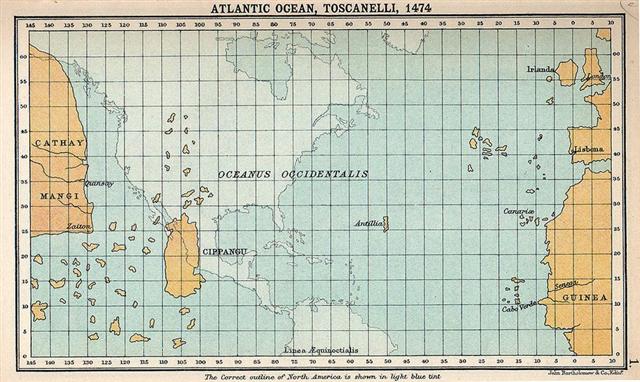Having establish the structure of the text the key question now is what the glyphs were depicting and how these images were reflecting the ideas behind the stars and dates. Clearly the night of St Lucia (December 13) could reflect an old tradition of how daylight ('fire') was brought to the people by the burning resinous splinters on the head of the Stag. Prior to summer solstice there once could have been a single male 'Stag'. Nowadays, and half a year later, there is a group of singing women dressed all in white:
My guess is that we should not exclude anything when trying to understand the glyphs. June 15 is day 531 counted from the previous January 1. 184 days later, in December 16 = 50 weeks counted from January 1 in the current year, the day number is 531 - 181 = 350. Day 60 in the nakshatra structure can be imagined as for instance 350 - 290 = 531 - 471 (= 1½ * 314) = 18 * 29½ - 16 * 29½ + 1. Akleel 5 (214) = Albatain 3 (30) + 184 = Albatain 3 (365 + 30) - 181. Apollyon in the night of June 14 should be contrasted with some heliacal star in June 14, a star which could be imagined as the bringer of spring light. It could be Phakt (Ana-iva, 'pillar of exit', α Columbae), where 'exit' (oho) maybe was referring to a pair of 'night seasons' (one before and one after midwinter). According to Hevelius the Dove carries a sign of the 'year in leaf' in her beak:
It could be an olive branch, like in the following wall picture from the Catacombs of Domitilla (in Rome) - probably referring to the dove which Noah had sent out from is Ark, the dove who returned with a Sign of Land having raised again after the Deluge.
Like Noah the Church of Rome sent out a 'dove' (Columbus) to find the new land:
|








